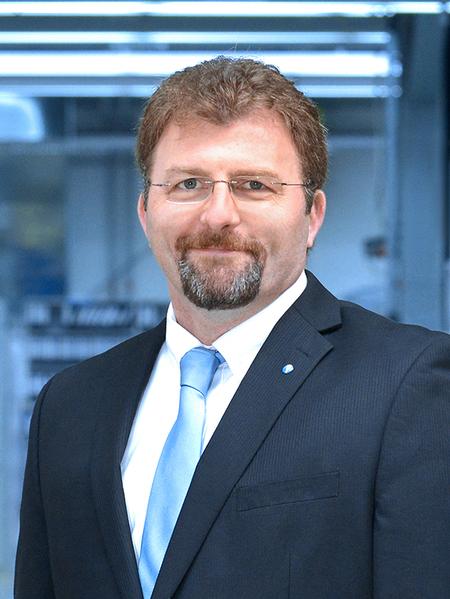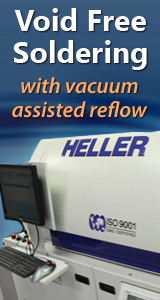The greater the influence of electronics on our daily lives, the greater the importance that dispensing technology will have as well. Any breakdowns or defects can, under certain circumstances, result in serious financial and/or material losses – or even the loss of life in the worst-case scenario. Consequently, electronics must be suitably and durably protected against damaging effects, such as moisture, dust, extreme temperatures or aggressive media. This is achieved by way of precise and repeatable bonding, sealing and potting processes along with the choice of the right materials.
We are currently seeing an increasing amount of changes to the requirements for suitable systems technology. Potting tasks are becoming more challenging while at the same time involving the use of more and more materials with complex formulations and/or high filler content. The processing involved here can be wxtremely challenging. That’s why we are on hand to provide our customers with advice where needed. We have successfully executed more than 5,000 projects in the 27 years we have been in business – and have already processed virtually all of the latest materials in doing so. We also have the ability to subject media to stringent testing in our application technology prior to full-scale production.
The required volumes of material are also continuing to increase even more. In addition to potting tasks where large media volumes need to be applied, there is also an increasing amount of focus on small and extra small-scale production. The challenge here is to cover the entire material and volume spectrum process reliably – while observing the required cycle times, of course.
Autonomous driving can be used as an example of this. The latest test vehicles have six to eight cameras, radars and lidars on board, producing approximately 50 terabytes of data every hour. However, that figure is not enough for fully networked and autonomous vehicles – the volume of data here is expected to increase to approximately 150 terabytes. Potting the associated sensors, cameras and ECUs involves ensuring the precise and repeatable application of materials – regardless of whether 0.08 ml of material needs to be dispensed, or 50 ml.
We are already experiencing extremes in the opposite direction with regard to the potting of Liion traction batteries for electric vehicles. Large volumes of thermally conductive paste are used here in order to prevent damage to the battery and vehicle caused by excessively high temperatures. Between 5 and 10 liters of these media are dispensed between the battery modules and the surrounding enclosure for each vehicle, with this figure set to increase in future. Due to the high viscosity and high proportion of abrasive fillers involved, the application of thermally conductive media is a real challenge – for the cycle times, too. When choosing the right dispensing systems, it is essential to ensure that the systems technology used is adapted accordingly. Failure to do so will put users at risk of high maintenance and repair costs.
Even the best technology is of little benefit if it’s not used in the best possible way. It’s therefore important to work closely with the system and material manufacturers in the very early stages of the project. This provides an opportunity to pass the experience gained on to the users, letting them get the very best out of their potting tasks in terms of quality, cycle times and process reliability.
Scheugenpflug Inc.
https://www.scheugenpflug-usa.com
Contact
Scheugenpflug Inc.
Tel.: +1 770 218 0835
Email: marketing.us@scheugenpflug-usa.com







